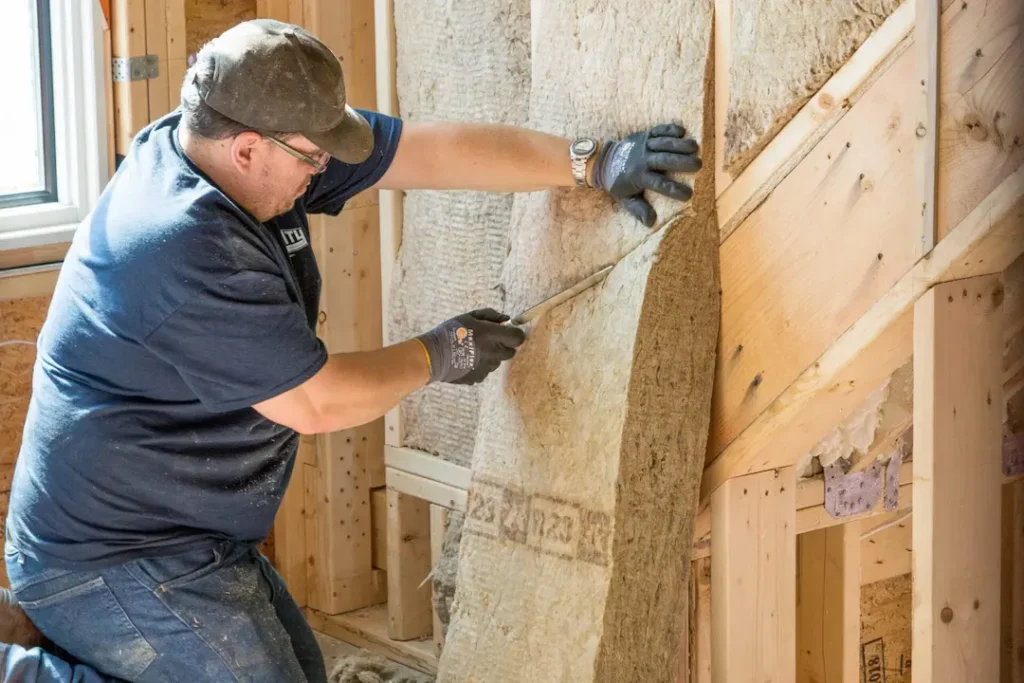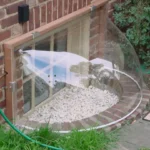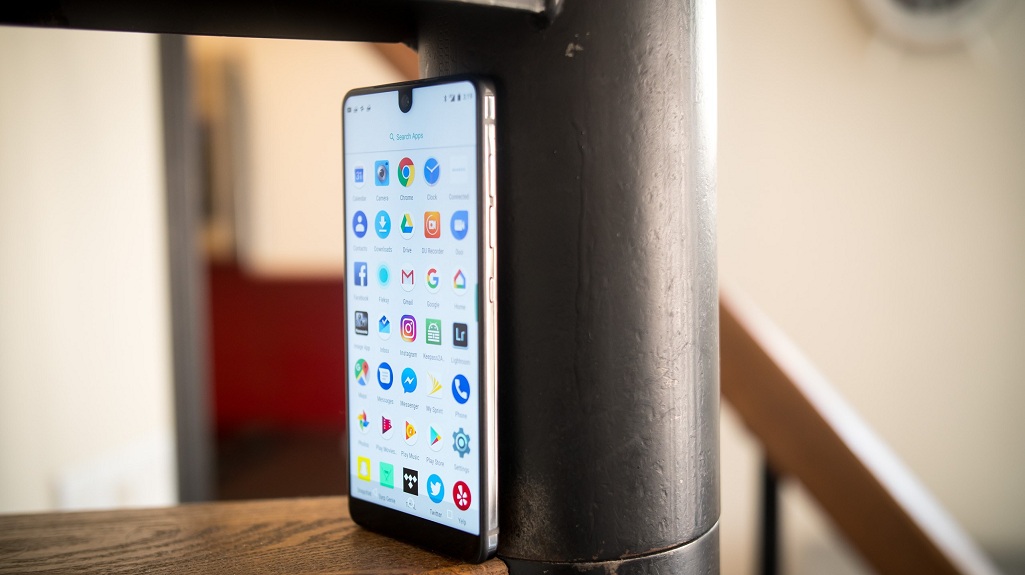When it comes to home comfort and energy efficiency, choosing the best insulation for exterior walls is crucial. Proper wall insulation not only keeps your home warm in the winter and cool in the summer, but it also helps reduce energy bills and improves overall indoor air quality. In this article, I’ll share my experience as an insulation expert, explore different wall insulation options, and provide practical tips that homeowners can implement today.

Content
Why Exterior Wall Insulation Matters
Many homeowners underestimate the impact of best insulation for exterior walls. In fact, a significant portion of heat loss in homes occurs through poorly insulated walls. Effective insulation creates a thermal barrier, keeping heat inside during colder months and preventing unwanted heat from entering in the summer.

From my personal experience working with residential projects, I’ve seen homes with proper wall insulation reduce energy consumption by up to 30%, which translates into noticeable savings on monthly electricity bills. Beyond energy savings, insulated walls help reduce noise pollution, providing a quieter and more comfortable living space.
Top Materials for Exterior Wall Insulation
When selecting home insulation materials for exterior walls, it’s important to consider factors like climate, budget, and the type of wall construction. Here are some of the most effective options:
1. Fiberglass Batt Insulation
Fiberglass is one of the most common and cost-effective options for insulating exterior walls. It comes in pre-cut panels or rolls and is easy to install between wall studs. Fiberglass insulation is ideal for homeowners looking for a budget-friendly solution without compromising thermal protection.
- Pros: Affordable, widely available, good thermal performance
- Cons: Can irritate skin during installation, slightly lower R-value compared to other materials
2. Spray Foam Insulation
Spray foam is a high-performance insulation that expands to fill gaps, cracks, and irregular spaces in exterior walls. This option is especially effective for achieving airtight walls and preventing energy loss.
- Pros: Excellent R-value, airtight, moisture-resistant
- Cons: Higher cost, requires professional installation
3. Rigid Foam Board
Rigid foam boards are durable panels made from polystyrene, polyisocyanurate, or polyurethane. They are often applied on the exterior side of walls before siding installation, offering an extra layer of thermal protection.
- Pros: High insulation value, moisture-resistant, long-lasting
- Cons: Can be more expensive than fiberglass
4. Mineral Wool (Rock Wool)
Mineral wool insulation is made from natural rock or slag fibers and provides excellent thermal and soundproofing properties. It’s fire-resistant and highly durable, making it a great choice for exterior wall applications.
- Pros: Fire-resistant, water-resistant, good soundproofing
- Cons: Slightly more expensive, installation requires care
How to Insulate Exterior Walls Effectively
Choosing the right material is just one part of the process. Proper installation is key to maximizing the benefits of energy-efficient wall insulation. Here are some tips I’ve learned through hands-on experience:

- Seal Gaps and Cracks: Even the best insulation won’t perform well if gaps are left unsealed. Use caulk or spray foam to fill any openings.
- Layer Insulation Strategically: Combining materials, such as rigid foam boards on the exterior with fiberglass inside, can improve thermal performance.
- Consider Moisture Control: Use vapor barriers where necessary to prevent moisture buildup and mold growth.
- Check Local Climate Recommendations: For colder regions, higher R-value materials like spray foam or rigid boards are more effective.
Real-Life Case Study: Energy Savings Through Wall Insulation
Last year, I worked with a homeowner in the northern U.S. who was struggling with high heating bills during winter. Their 30-year-old home had minimal insulation in the exterior walls. After evaluating options, we installed a combination of spray foam insulation and rigid foam boards on all exterior walls.
The results were remarkable:
- Heating bills dropped by 28% in the first winter
- Indoor temperatures remained consistent even during freezing nights
- Noise from outside traffic was significantly reduced
The homeowner mentioned that not only were the energy savings tangible, but their home also felt more comfortable and quiet, proving the long-term value of investing in high-quality exterior wall insulation.
Cost Considerations Best insulation for exterior walls
When thinking about cost of insulating exterior walls, it’s important to balance upfront investment with long-term savings. While materials like spray foam may seem expensive initially, the reduction in energy bills often offsets the cost over time. Fiberglass and mineral wool are more budget-friendly but may require more careful installation to ensure efficiency.
Final Thoughts: Choosing the Best Insulation for Exterior Walls
In my experience, the best insulation for exterior walls depends on your budget, climate, and home structure. For homeowners seeking maximum energy efficiency, spray foam combined with rigid boards offers the best results. For those on a budget, fiberglass or mineral wool can still provide excellent thermal protection when installed correctly.
Remember, proper installation is just as important as the material itself. Always consult a professional if unsure, and consider layering insulation to achieve optimal energy efficiency. With the right approach, you can improve comfort, reduce energy bills, and make your home more environmentally friendly.
FAQs
What is the best insulation for exterior walls in cold climates?
Fiberglass, spray foam, and rigid boards offer top performance for cold climates.
How long does exterior wall insulation last?
Properly installed insulation can last 20–50 years, depending on material and maintenance.
Can exterior wall insulation reduce noise?
Yes, mineral wool and spray foam insulation provide effective soundproofing for homes.
Is DIY installation of exterior wall insulation recommended?
Fiberglass can be DIY, but spray foam and rigid boards are best installed by professionals.
What is the cost of exterior wall insulation per square foot?
Costs vary by material: fiberglass $0.40–$1, spray foam $1–$3, rigid boards $0.80–$2.

I am Javier and my love is writing about home improvement. I write mostly about home ideas, but also share some tips and tricks that can make your life easier when it comes to getting things done in the house.


